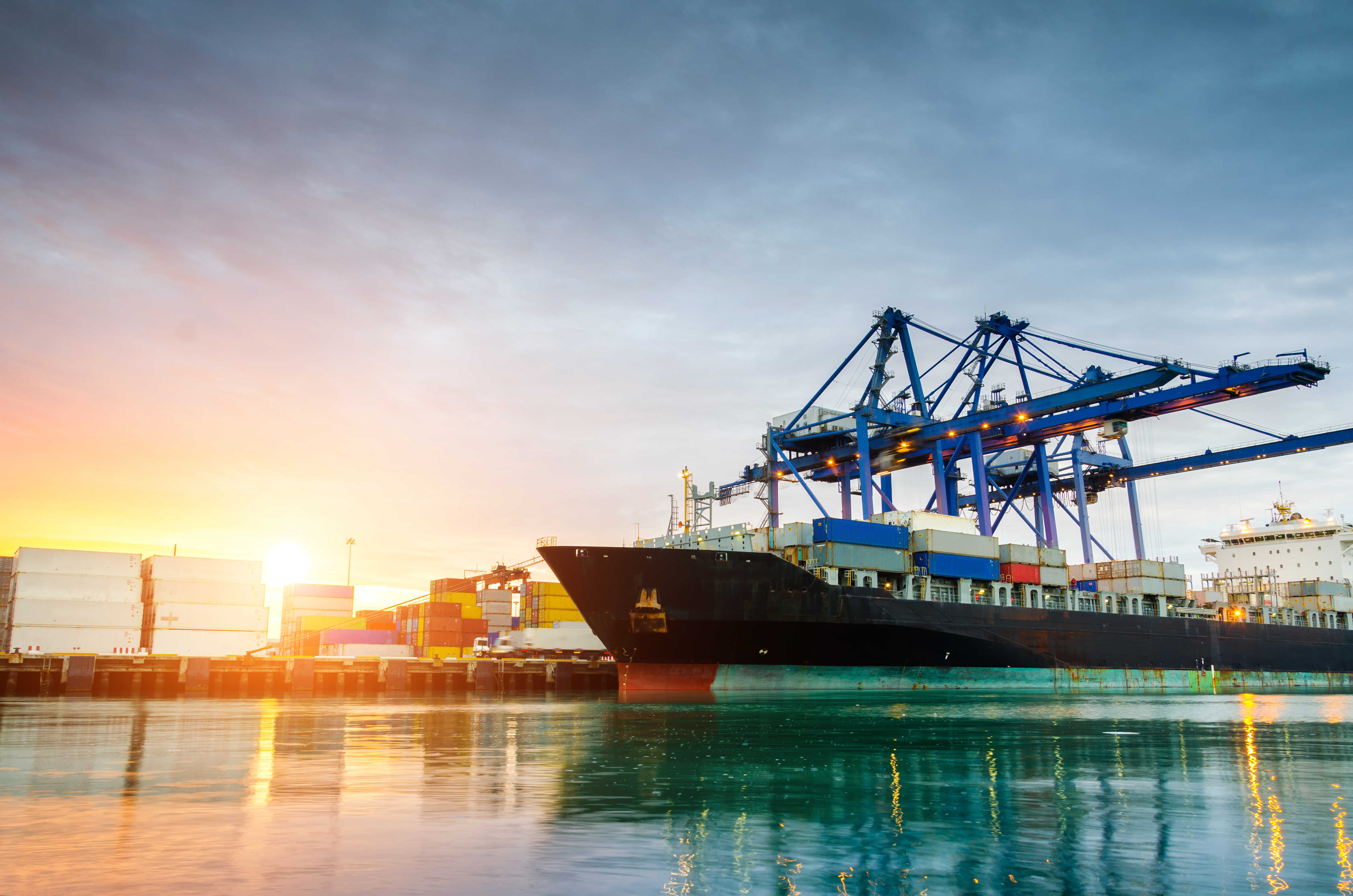Recently, we’re seeing a lot of news about large container vessels being built with over 15,000 TEU capacity, and it seems with the technological advancements every year the capacity to make bigger ships will continue. However, there is a direct correlation between the capacity of these increasingly large ships and the capacity needed to handle these types of large vessels, and with capacity I mean the terminals. The challenge that port designers face is to constantly watch the new trends in ship building and make sure they update the necessary infrastructure needed to handle these kinds of vessels.
The containerization, as I explained in one of my previous articles, is a growing trend and more and more vessels are built in accordance with the demand of containers. With this upward trend in mind, I explored what kind of advancements there will be in terminals to keep up with the changes, here are the ones that caught my attention:
1. Mega ports will be built offshore…
…probably on artificial islands where the layout will be much larger. These ports will be supported with feeder terminals where excessive supply is also diverted when necessary. The container size and types will be similar, however different materials may be used. Containers may also be designed as FOLDABLE so that space in the terminals may be optimized as well. Also, containers may have chips inside where content and journey details can be accessed easily.
2. Ports will handle the containers in batches for faster unloading.
What I mean by this is containers may be packed and stacked in up to 64 containers in one batch, and special cranes will move batches as single movable units, then segregate the containers once they are on the ground. Since everything is so interdependent in technology, special cranes will be designed to handle weight up to 2,000 tons.
3. Container depots in the terminals will be stored in underground depots, since land will be valuable.
Automatic tracking systems will enable the containers to be found and identified easily in these silos.
4. Cargo handling systems will use all the alternative technology sources available.
Solar panels will be widely used where abundant and free sun rays will be used to power the port operations, and wheels and trucks will be replaced with magnetic levitation technologies.
5. Instead of using steel wires & standard equipment, new technologies like nano-fiber will be widely used and replace wiring systems.

Since AI will be widely used, equipment and machines will be able to monitor their own performance and perform repairs and updates without humans monitoring them.
These advancements and expectations are all quite exciting however they all come with a toll. Unfortunately, all these advancements will mean lower employment at the terminals. There is one positive development as a result of smaller labor forces at the terminals; we will face less port strike threats in the future.




